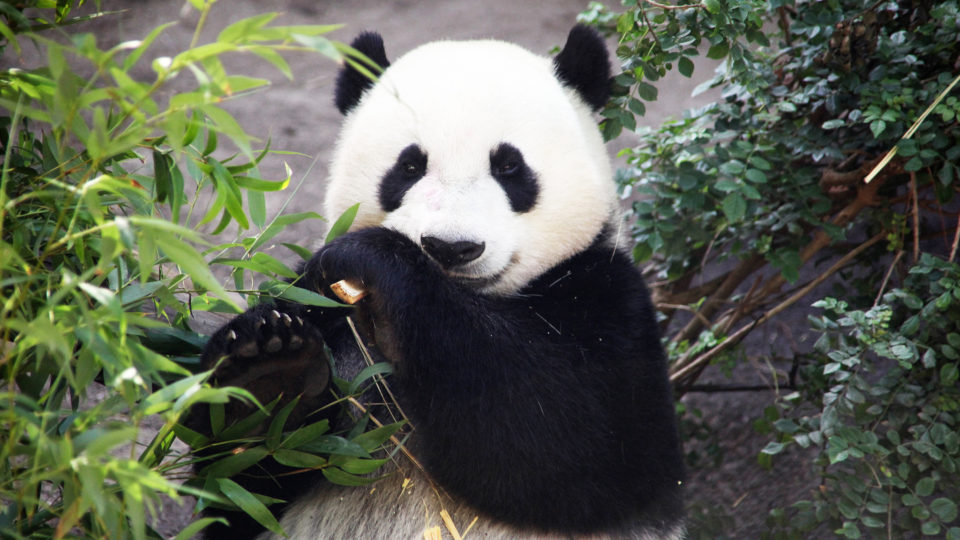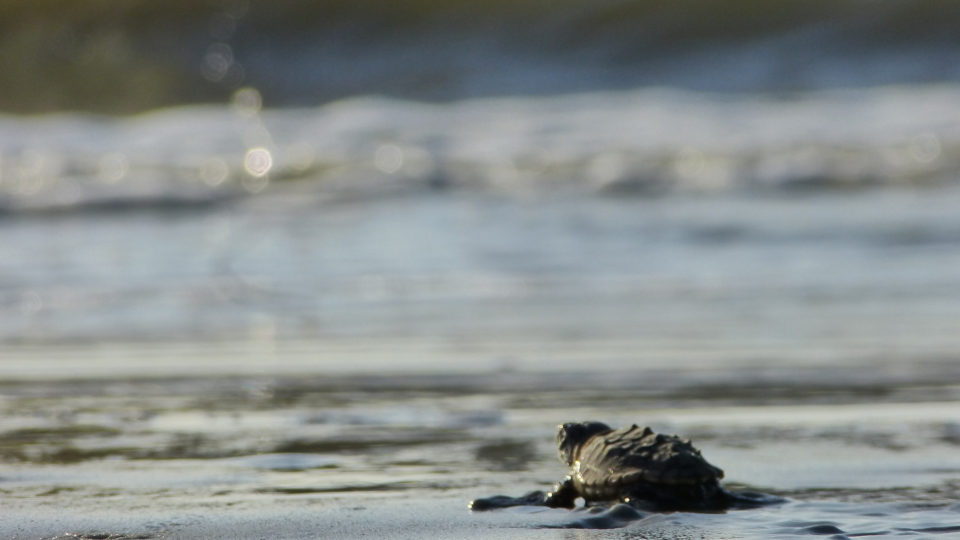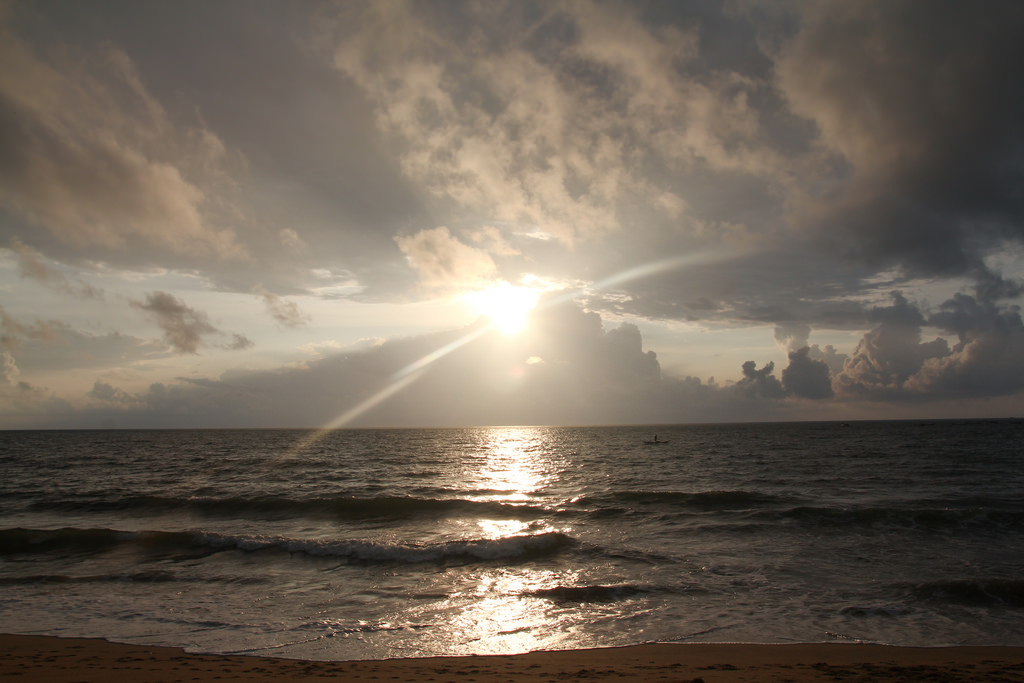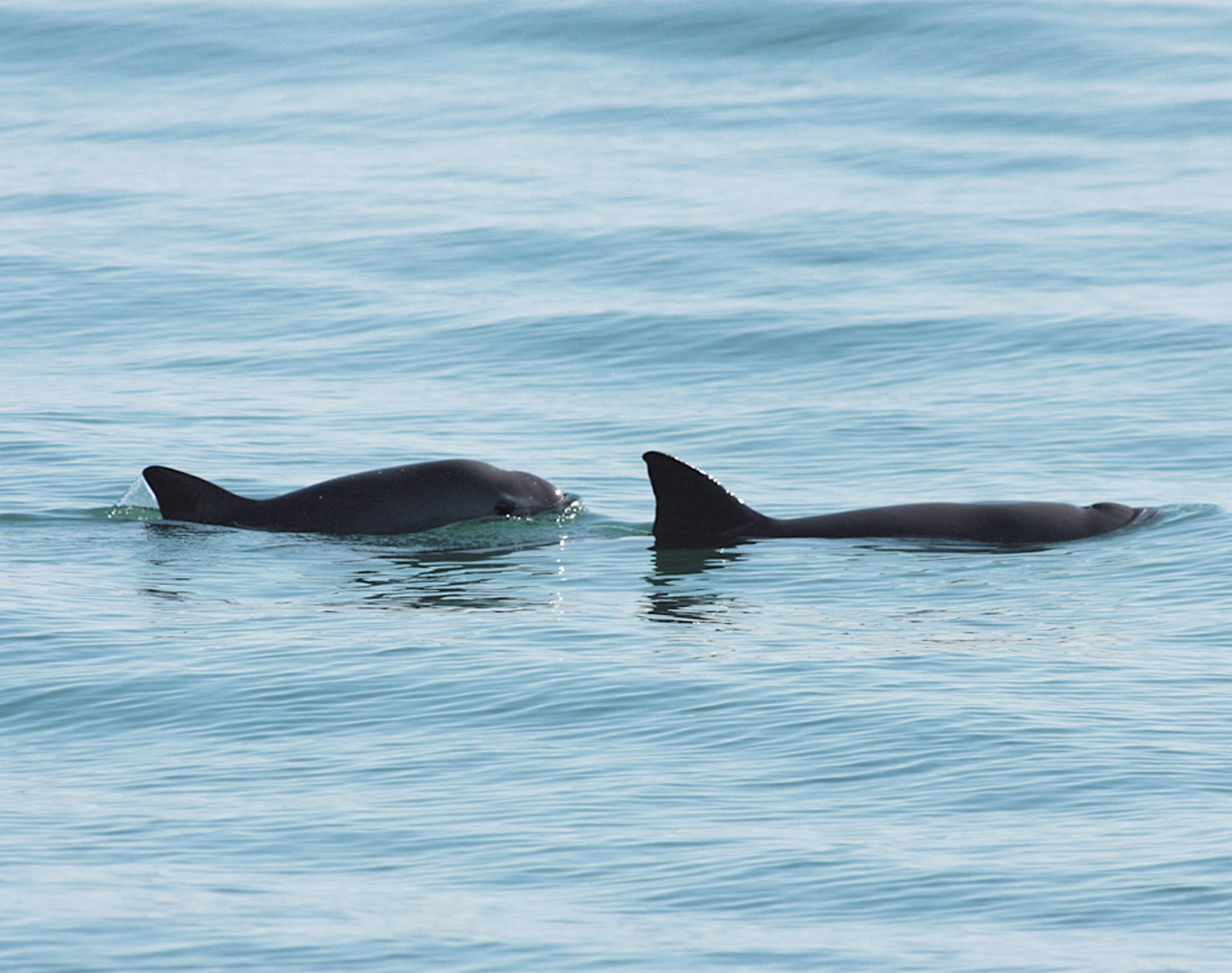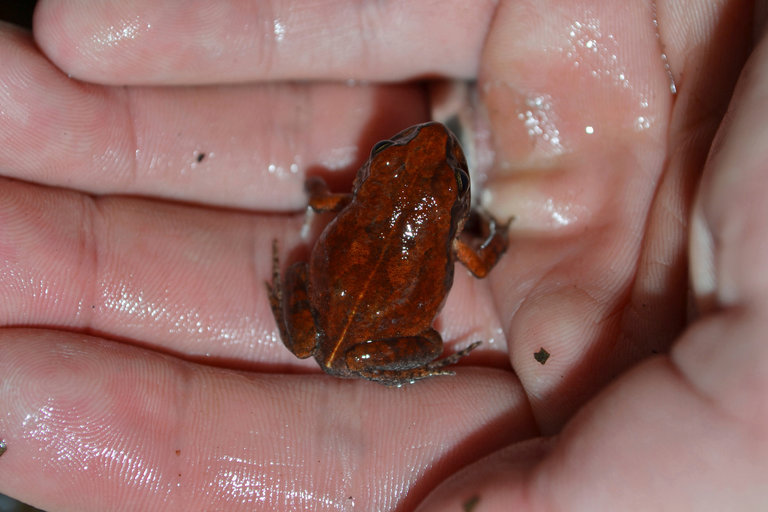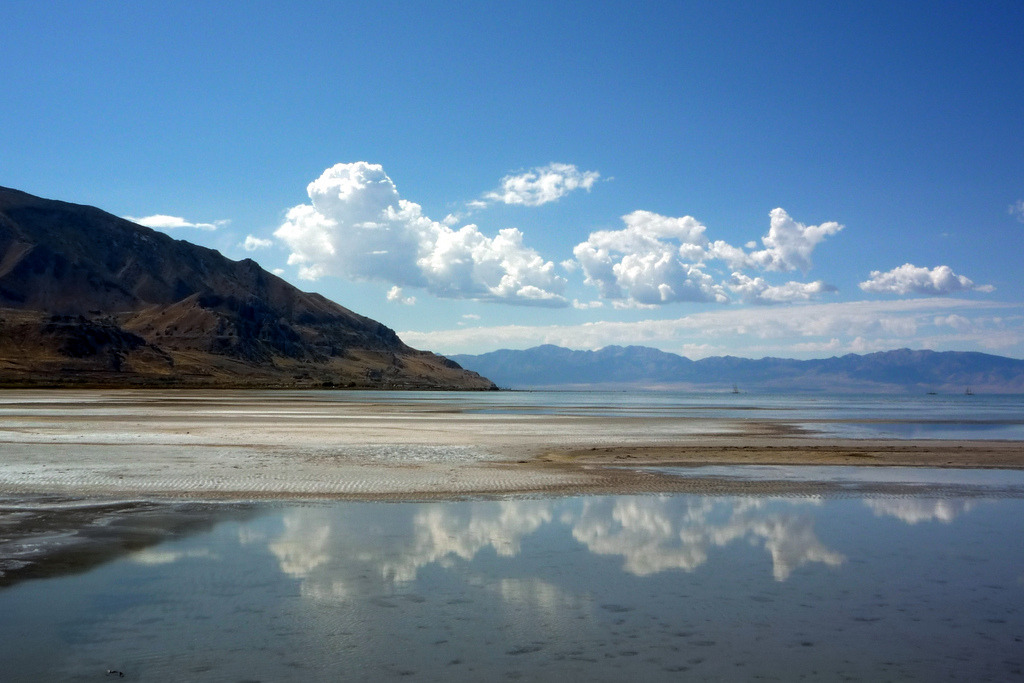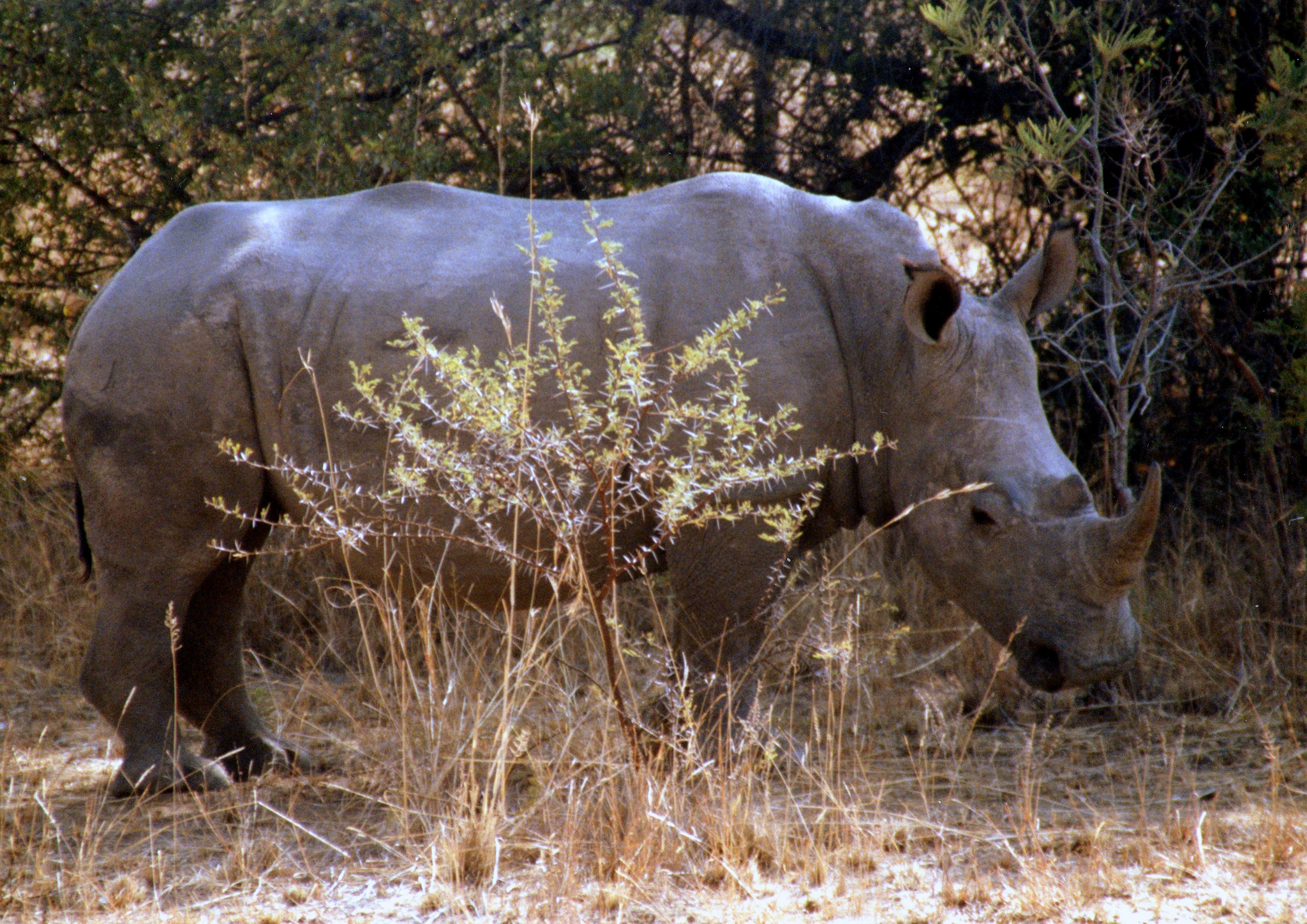conservation
A Big Problem For The Giant Panda
The giant panda, a national icon of China, has been the focus of an intensive, high-profile conservation campaign since the 1970s. In an update to the IUCN’s Red List of Threatened Species last year, the giant panda had its designation changed from “endangered” to “vulnerable” following a nationwide census that revealed its population was improving. But it appears as though this conservation success may be short-lived.
Sea Turtle Populations Are Rebounding
The increasing disappearance of so many plants and animals around the world has made many scientists believe that we are experiencing a sixth mass extinction. Despite ongoing conservation efforts, living things are struggling with habitat loss, climate change, and many other natural and man-made pressures. Conservation success stories seem to be rare events.
New Rules For Ocean Conservation
In a recent report to a United Nations ocean conference, scientists are warning that new rules are desperately needed to protect marine life in the open seas. That’s because more than 60% of the ocean has no conservation rules since it’s located outside national jurisdictions. The open ocean is at risk from climate change, over-fishing, deep sea mining, farm pollution, and plastics pollution.
Genetic Engineering And Conservation
Genetic engineering, or equivalently synthetic biology, is a multi-billion-dollar enterprise involved in pharmaceuticals, chemicals, biofuels and, of course, agriculture. In these fields, it is already the source of a great deal of controversy. But there is increasing interest in using synthetic biology (or synbio) technology as a tool for protecting the natural world, which is a prospect some find tantalizing and others find absolutely terrifying.
Satellites And Conservation Science
Satellites orbiting the earth are becoming an increasingly powerful tool for counting and monitoring wildlife populations and to answer a host of other questions about the natural world.
Yellowstone Grizzlies
Grizzly bears once roamed much of North America and symbolized the continent’s untamed wilderness. But hunters and trappers nearly wiped them out across most of the Lower 48 states by the late 1800s.
Whales In The Big Apple
For the first time in a century, humpback whales have returned to the waters of New York harbor. These are not rare sightings, either. The whales are showing up in enough numbers that a company is taking tourists out into the harbor to see whales with a backdrop of Manhattan skyscrapers.
Migrating Trees
The changing climate is having a marked effect on forests in this country. In particular, trees along the U.S. eastern seaboard are changing their range as they slowly seek to escape rising temperatures.
Reviving Vaquitas
The world’s smallest porpoise is in real trouble. According to scientists, there could be as few as 30 vaquitas remaining on the planet. We highlighted the plight facing this species in detail last month.
Vanishing Vaquitas
The world’s smallest porpoise – the vaquita – is in real trouble. According to a recent report by the International Committee for the Recovery of the Vaquita (or CIRVA), the vaquita population has plummeted to just 30 individuals –a 90% plunge since 2011 – despite international conservation efforts. The vaquita, which is found only in Mexico’s Upper Gulf of California, is the most endangered marine mammal on Earth and is on the doorstep of extinction.
Squeaking By
Amphibians are one of the most threatened groups of animals on the planet. Since the late 1980s, scientists have measured dramatic population declines from locations all over the world. The plummeting amphibian populations are perceived to be one of the most critical threats to global biodiversity. According to the IUCN, about 1 of every 3 amphibian species is facing extinction. Some of the greatest threats facing amphibians include climate change, disease, and habitat destruction.
NASA And Chimpanzees
Increasingly, conservation organizations are increasingly relying on satellite imagery to help save wildlife. The Jane Goodall Institute, a nonprofit focused on chimpanzee conservation, uses NASA’s and the U.S. Geological Survey’s Landsat satellite images to guide their chimpanzee conservation strategies.
Can Cheetahs Survive?
A new study has revealed that the global population of the world’s fastest land animal – the cheetah – is down to only 7,100, a drop of 50% over the past 40 years. The dramatic decline in cheetah population could soon lead to the extinction of the species unless urgent conservation efforts are made.
Vulnerable to Extinction
According to the International Union for the Conservation of Nature, the world’s tallest land mammal may be in trouble. Giraffe populations have declined dramatically over the past 30 years, falling to approximately 97,000 from 163,000 in the 1980s.
The Great Salt Lake Is Shrinking
Utah’s Great Salt Lake is the largest salt water lake in the Western Hemisphere and is the largest body of water in the United States after the five Great Lakes. When the pioneers first arrived in the area back in the middle of the 19th century, the lake spread across about 1,600 square miles. Now, the lake covers an area of only about 1,050 square miles, a reduction of about 35%.
Wildlife Corridors
It is widely thought that we are in the midst of the 6th great mass extinction of species on Earth and, unlike the previous ones that were caused by things like asteroid impacts or ice ages, this one is caused by us. Our impact on the climate, on natural resources, on landscapes and habitats, and more, has wreaked havoc on ecosystems across the globe.

